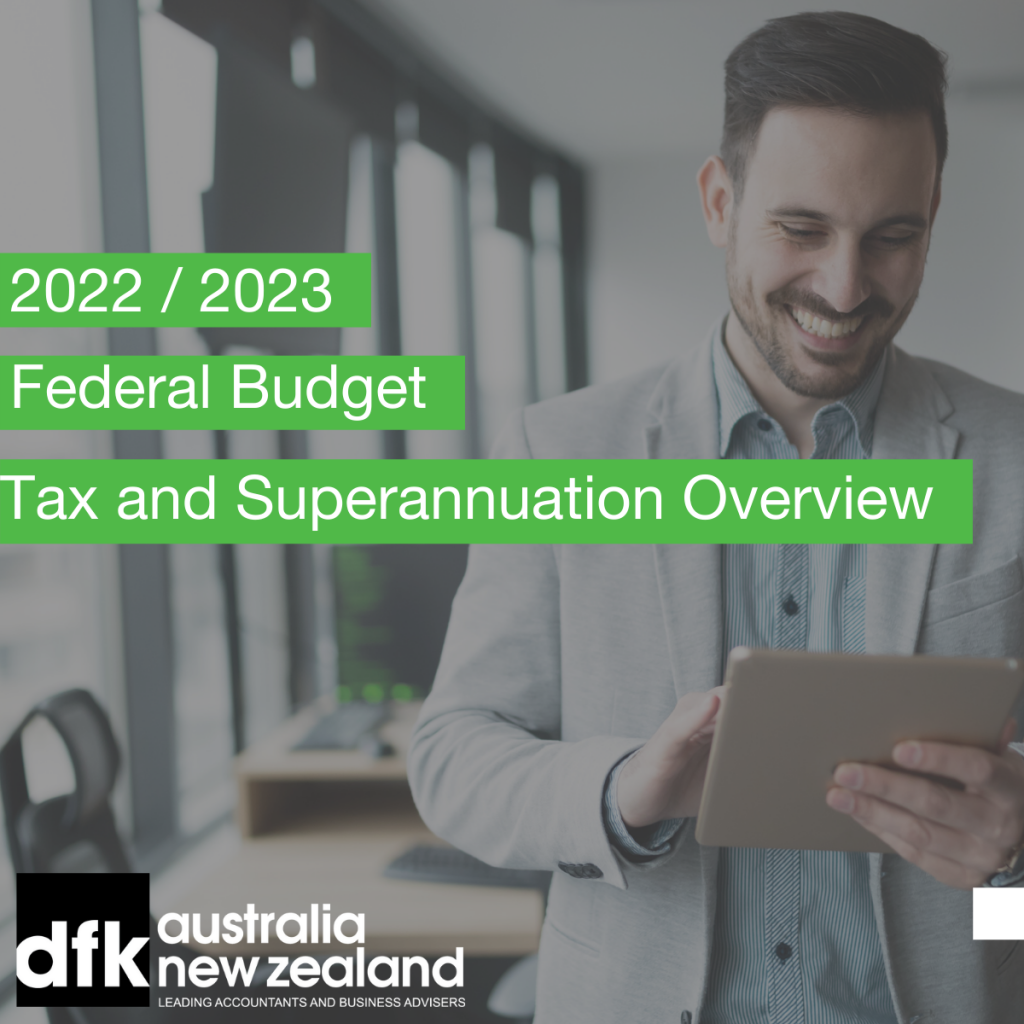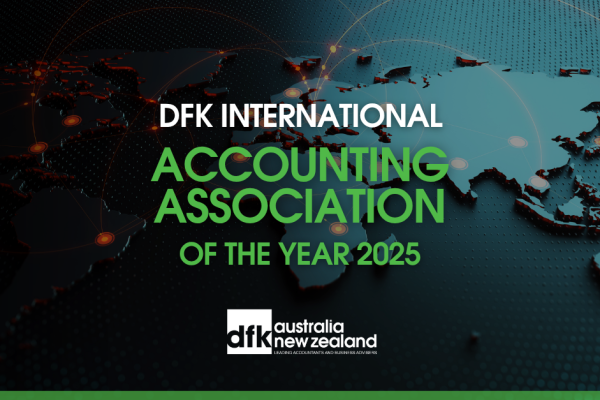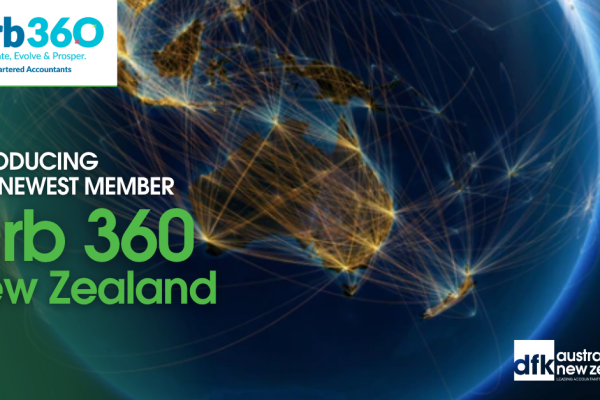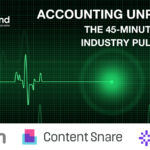Budget Summary
The 2022 Federal budget was delivered last night, the fourth by Josh Frydenberg as Treasurer, and his last prior to the Federal Election expected to be held in May 2022.
The Treasurer said in his budget speech that “as we emerge from the pandemic, we are building an even stronger, more secure and confident Australia”.
Budget Priorities were identified as being:
- Building a stronger and more productive economy to create more jobs
- Addressing cost of living pressures and managing current challenges
- Strengthening our regions and critical infrastructure
- Guaranteeing essential services by investing in the COVID-19 Winter Response Plan
- Protecting out interests by investing in our national security and defence capabilities
The unemployment rate is expected to fall below 4% this year, its equal lowest level in 48 years.
The government has stated that it has achieved its objective of low unemployment and has transitioned to the second stage of its economic and fiscal strategy.
Gross debt as a share of GDP is expected to peak at 44.9% at 30 June 2025 which is 5.4% lower and 4 years earlier than projected at MYEFO in December 2021.
Addressing increasing cost of living was a prominent theme in the budget with several measures targeted at addressing this issue in the short term.
Key measures announced were:
Tax Relief – From 1 July this year, over 10 million individuals will receive a one-off $420 cost of living tax offset. Combined with the low and middle income tax offset (LMITO), eligible low and middle income earners will receive up to $1,500 for a single income household, or up to $3,000 for a dual income household.
Technology Investment Boost – Small businesses will be able to deduct a bonus 20 per cent of the cost of business expenses and depreciating assets that support digital uptake, up to $100,000 of expenditure per year. The Technology Investment Boost will apply to eligible expenditure incurred between 7:30pm (AEDT) on 29 March 2022 and 30 June 2023. It will support investment in digital items such as cloud computing, cyber security, accounting and e-invoicing software and web page design.
Skills & Training Boost – Small businesses will have access to a bonus 20 per cent deduction for the cost of external training courses delivered to their employees by providers registered in Australia. The Skills and Training Boost is estimated to provide $550 million in tax relief for small businesses, providing an incentive to upskill their employees.This boost will apply to eligible expenditure incurred between Budget night and 30 June 2024.
One-off Cost of Living Payment – a one‑off, income tax-exempt payment of $250 will be paid automatically to all eligible pensioners, welfare recipients, veterans and eligible concession card holders in April 2022. This payment will reach approximately 6 million people, at a cost of $1.5 billion.
Temporary Fuel Excise Relief – The Government will reduce fuel excise by 50% for 6 months. This will see excise on petrol and diesel cut from 44.2 cents per litre to 22.1 cents per litre. This took effect from midnight last night and is expected to be reflected in the bowser price over the next two weeks.
The budget also provided record funding for regional infrastructure, improvements to telecommunications and support for the agricultural, fisheries and forestry industries. A $2.0 billion Regional Accelerator Program was announced with the aim of diversifying growing regional economies and creating jobs in new and existing industries. This includes investments in infrastructure, advanced manufacturing, apprenticeships, and higher education.
Gavin Johns
DFK Australia New Zealand Chairman








